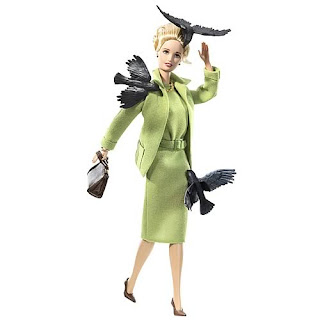 | |
| Happy Boy On Duty |
"Passive-responder" dogs like Happy Boy scurry about to find bombs, drugs, weapons and then freeze at attention by a discovery. (Actually, the drug and bomb dogs are separate: you want to know if a dog has found a drug or a bomb before digging deeper.) They are considered friendly protectors, though there is debate about the ethics of putting dogs in harm's way in combat zones. It's a different matter with the canines used as "patrol animals," the sort misused at Abu Ghraib in Iraq to terrify prisoners. When used "appropriately," these dogs are a preventative measure or first line of defense against crime and terrorism. That's the topic of a recent New Yorker article by Burkhard Bilger, "Beware of the Dogs".
Bilger starts with the New York City subway system, with its "four hundred stations, eight hundred miles of track, six thousand cars, and, on any given weekday, five million passengers. It's an anti-terrorism unit's nightmare." Since 9/11, the number of patrol dogs in NYC has doubled to about 100 dogs. They are often called out for crimes in progress. As a police officer explains, "The suspects are armed. They're known to be violent. So, by the mere nature of that call, it's going to be more dangerous." In other words, you need a dog who can pull a man down quickly.
The dogs trained for this duty generally come from European breeders because American breeders have focused more on show ring looks than on highly trainable behavior and the keenest scent. So German shepherds and Belgian Malinois are imported. Judging dogs' behavior solely by breed is erroneous, but these dogs have breeding and training directed toward dangerous work, so they live up to their scary reputations. A New York training cop explains to Bilger that "Malinois just really love bite work. They have a giant prey drive. Some people call them Maligators."
For two sides of the Malinois, see the following links. In one, a Malinois is a gentle service animal for Sara, an animal trainer with a hip deformity. In the other (I could not verify the source), dogs in France are apparently being trained for dangerous policing work by men in "bite suits." What's impressive is not only the determined bite but the speed and leaping ability as these dogs go right over cars to latch onto their suspect. One dog seems to bite a handler, which leads to questions about the training.
Past dog training of pets and police dogs was a harsh business with "no's," hits from rolled-up newspapers, and choke collars. Now the emphasis is on positive reinforcement, borrowing techniques from marine mammal training--difficult putting a choke collar on an orca. Used with skill, patience, and continual small rewards, positive training can nearly orchestrate a dog's every move. Zoo animals can be trained to be still for shots and medical exams, making restraints unnecessary. A very different video from the one above shows Michele Pouliot (director or research and development at Guide Dogs for the Blind, Oregon) in an elaborate dance with Listo, her Australian shepherd.
It may be that one of the best places to raise police dogs, as the article suggests, is in prisons with positive reinforcement: prisoners have a purpose and the dogs are cared for in a chaotic environment, a good exposure for the mean streets outside.
In theory, American patrol dogs would only bite--and release--on command. They also urinate on command. At Police Dog Field Trials in Detroit Lakes, Minnesota, Bilger saw a dog dropped from the competition when he did not immediately respond to his handler's command to back off from an attack run. I remember reading in one of Temple Grandin's books that positive reinforcement is the first choice, but training an animal to go against instinct, like stopping mid-attack, can require harsher tactics. Training a dog is an expensive proposition, costing tens of thousands of dollars, and not every dog passes. Some of them, however, are recycled into other programs. Auburn University, which trains detector dogs, has diverted a number to be Eco-heroes sniffing out tree killing fungus.
In the end, what these dogs want after finding the bomb, catching the suspect, or pointing to a mold is a chance to chase a ball.



